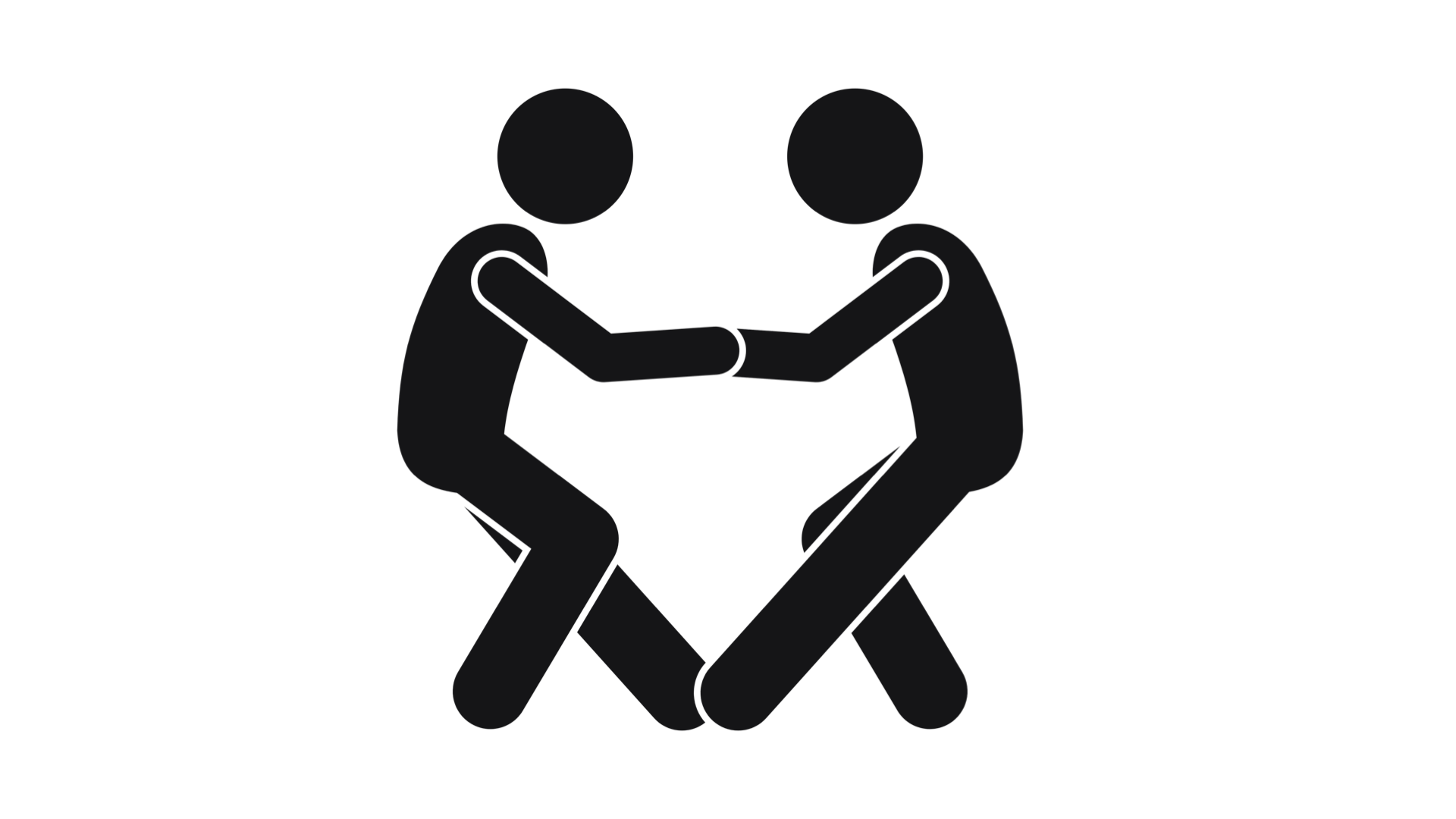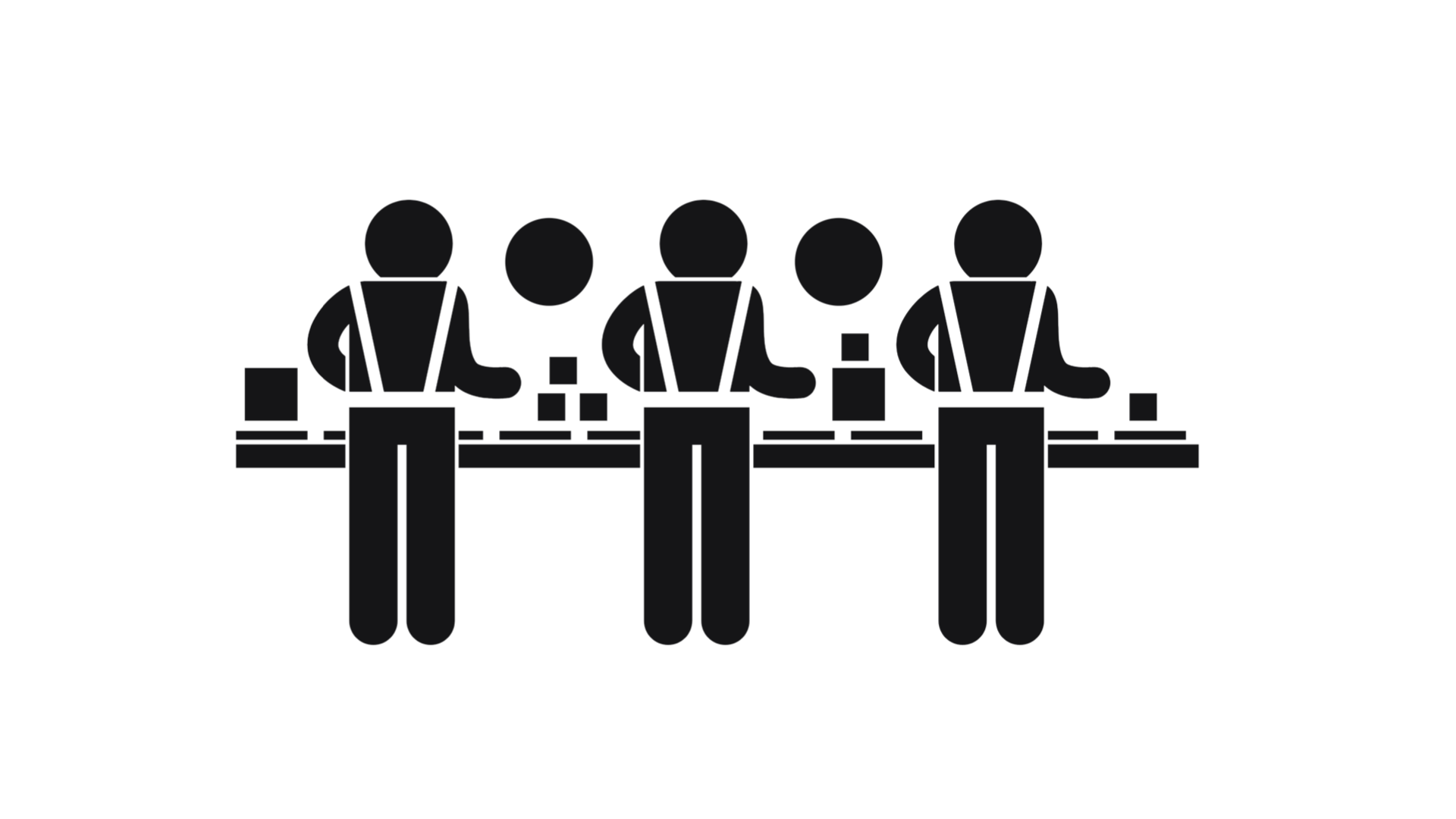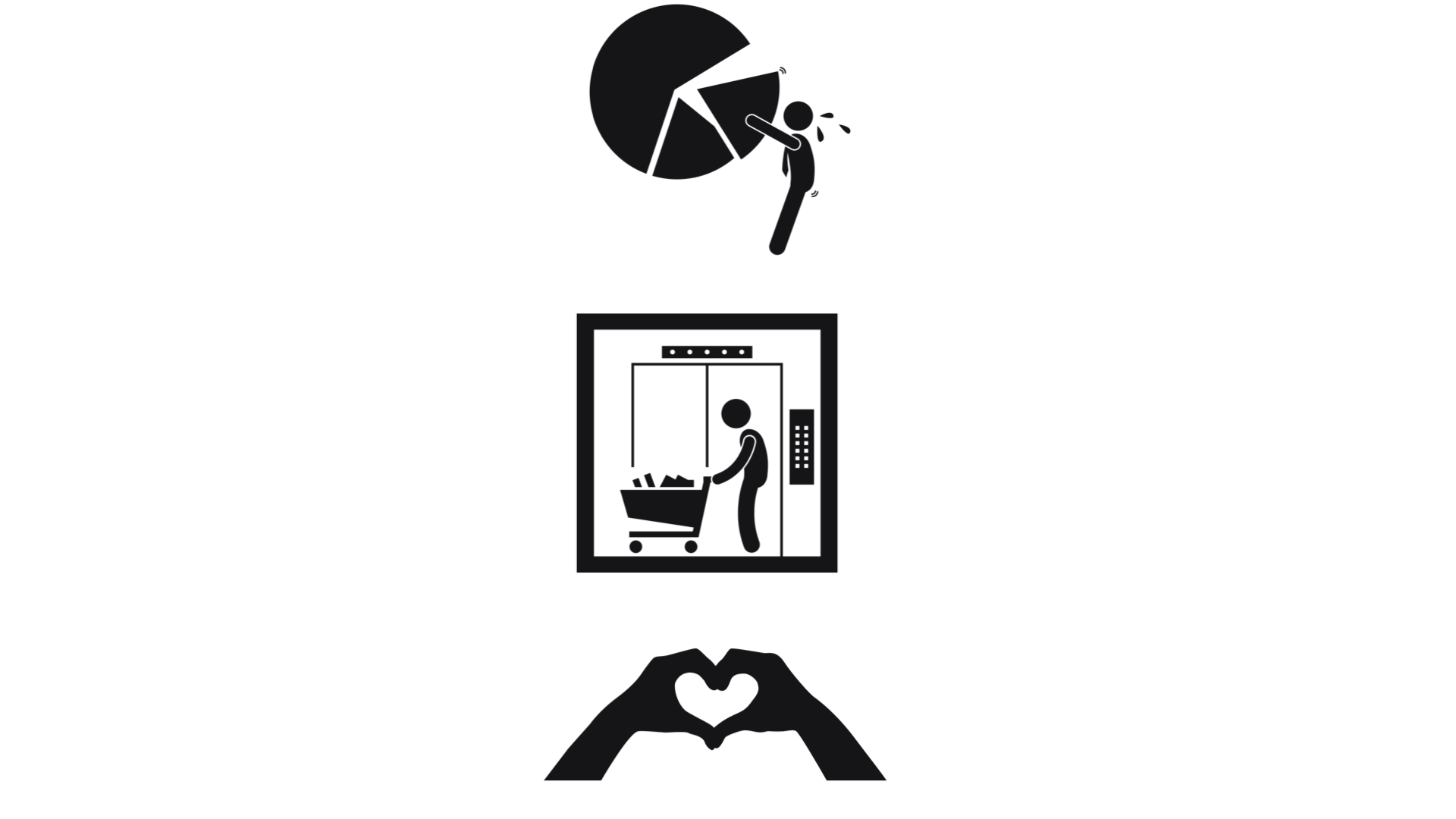Monetization Law Number #13
Your product or service should be a customer’s partner not a hired hand
Don’t just get hired, partner your customer to success.
Your product should be more than just a tool in your customer’s mind.
This chapter explains why your product or service needs to be developed and positioned as theis partner to increase your monetization.
The Rule provides a quick monetization heuristic i.e. a rule of thumb in operation, a kind of —do this— and you’ll be 80% of the way there.
Rationale explains why the rule works with deeper insights and its use in practice.
Rabbit hole provides more in-depth resources and recommendations for anyone wanting to spend more hours researching each topic.
⓵ Rule 📖
⓶ Rationale 🧠
⓷ Rabbit Hole 🐇
⓵ Rule: Monetization Law #13 📖
Your product or service needs to be developed and positioned as a partner to the customer. A partner that is instrumental to their success.
⓶ Rationale: Monetization Law #13 🧠
To partner or hire, that is the question
The role of every product or service is to get a job done.
Whichever innovation framework you use, the value proposition, problem-lens, eating complexity, or jobs-to-be-done, in summary, people acquire products and services to achieve something.
Something they don’t feel they can bridge without the product or service.
So then, the question is not whether the product gets the job done, but how it gets it done.
…How it aligns with your customer, how it fits into their routine, how it behaves, and whether it makes them feel or act better.
The partner or hire construct crosses the intersection of emotional and functional utility.
Coaching assistants
The best partner products or services make your customer better. They act as an assistant coach in their progress and aspirations.
Some require small acclimatisation adjustments for new users but, once adjusted, they operate seamlessly within the user’s terrain.
This movement represents a fundamental shift in how people have seen technology and other products and services.
Many believe that technology is a means to replace human work.
A new way of thinking is that technology is only to enhance human efforts, not replace them.
For instance, services such as strategy consultancy supercharge management as opposed to replacing them.
…Products such as mobile phones help you enjoy leisure more readily.
For example, note-taking and collaboration apps such as Evernote, Notion, Basecamp, and Slack, partner you in increasing your innate knowledge retention and information sharing communication goals.
A better writer.
An example of great partner products is Grammarly - which operates as a writing assistant on whichever platform you work - web, desktop, mobile, etc.
This is not to be confused with spell and grammar checkers available on most applications; they’re hired to correct mistakes, Grammarly partners to make you a better writer.
⓷ Rabbit Hole: Monetization Law #13 🐇
Dimensions
We’ll introduce [below] the concept of your product seen across three dimensions; work, price, and context.
The work dimension forms the start of the ontology and is fundamental to realizing your maximal monetization.
In terms of the work dimension, the two paradigms are partner and work.
While both options are financially viable, the partner dimension provides the most potential for increased monetization in the long run.
Partner/Co-creator/Alliance
The customer/client/consumer views your product or service as a partner or co-creator to achieve their goals and desired outcomes.
This relationship's psychology leads to the charge viewed as price (of success) rather than cost.
An example within professional services illustrates this point. A strategic transformation project would be viewed in partnership/co-creator terms, whereas an audit by the same firm viewed as an employee/contractor task basis.
Partners/Co-Creators compensation is often viewed as a share or equity distribution, thus denoting a return on investment.
Employee/Contractor/|Hire
The customer/client/consumer views your product or service as being employed or hired to carry out a task or series of tasks.
The job is not considered in terms of the overall desired outcome. And therefore, often viewed as a cost rather than an intrinsically valuable cog in the whole machine.
It would be crazy to suggest that a rational firm hire a new employee to reduce revenue or increase customer churn.
However, 99% of enterprises refer to an individual’s salary as a staff cost not an investment in human capital.
Cost Base, Zero Base Costing, Cost Budgeting. The lexicon of business employees is that of a cost, not an investment.
The set anchor dictates the interaction.
Price is what you pay; value is what you get
Warren Buffett
Price is a signal
Your price is a signal. It could be signalling prestige, or scarcity, excess supply or increased demand. In a world of disparate data and knowledge, your price acts as an agent to bring an understanding of your offer and how the market should view it.
Your price is the genesis of your language and communication with the outside world. Regardless of whether your price is high or low, the signal needs to be legible and understood.
Esteemed / Enterprise / Equilibrium / Economic
Your price is the morse code of your business. Long before many people read your pitch or marketing copy, they see your price. This message is yours to control should you choose to accept the challenge.
Esteemed Price
The price the most revered product/service can command.
The price leader is rarely the market volume leader but is usually the gross margin and profit leaders in their industry.
Often, their price will be 2x-5x higher than the median market price.
Apple, Nest, McKinsey fall into this category. Such pricing can also be generalized as premium pricing.
Enterprise Price
The price that you charge.
Derived from a cost base plus approach, market forces, estimation, statistical basis or even using the Fibonacci series - as one popular SaaS (software as a service) startup did in its first pricing offers.
This price will be more intrinsically based on your beliefs and requirements than that of your customers.
Equilibrium Price
The price the most often referred to as the market price.
Theoretically, this is where supply equals demand. However, there is no such thing as a perfect market price.
A trip to your local high street will usually reveal a considerable price discrepancy in the same product.
For example, the price of toothpaste may vary by as much as 20-30% from one supermarket to the next and 5-10% between different locations of the same supermarket chain.
Economic Price
The break-even price.
Below this price, it is not rational to continue to supply product or service in the long term unless alternative market strategies are at play.
The economic price will vary from business to business and is often correlated to the term economy price.
How, who and where you charge is as important as what you charge.
Monetization Maxim
who / why / how / what / when / where
The context in which your monetization is set dictates the outcomes.
Where more utility is perceived or delivered, the status quo price can be varied. a keen focus on the context setting is of paramount importance in the delivery of successful monetization outcomes
Who
No two customers will attribute the same value to a product or service.
How
How you charge is often more important than what you charge.
Why
Understanding why a customer wants or needs your product/service.
What
What will the customer view as an equitable value exchange.
When
When is your product/service required? Time may play a factor.
Where
Location impacts monetization across geographies, situations and channels
Sipping Cocktails on a Beach
Imagine you’re sunbathing on a beach.
A friend offers to buy you a cocktail.
There’s a bar shack on the beach and an equidistant swanky hotel.
Your friend indicates that both serve the same Pisco Sour, made to a well known local recipe. One charges $20, the other $8.
Which one do you choose?
Have you already ascribed the $20 price to the swanky hotel?
Your choice will be dictated by who you are (status), why you’re buying (not just for thirst!), how you’re charged (cash vs credit), what you rationalise as fair (experience), when you’re buying (sundown?), and where you are (paradise).
🐇 Additional Research 🐇
I think that’s quite enough to get you in the partnering monetization mood, so no further reading required for this law.






